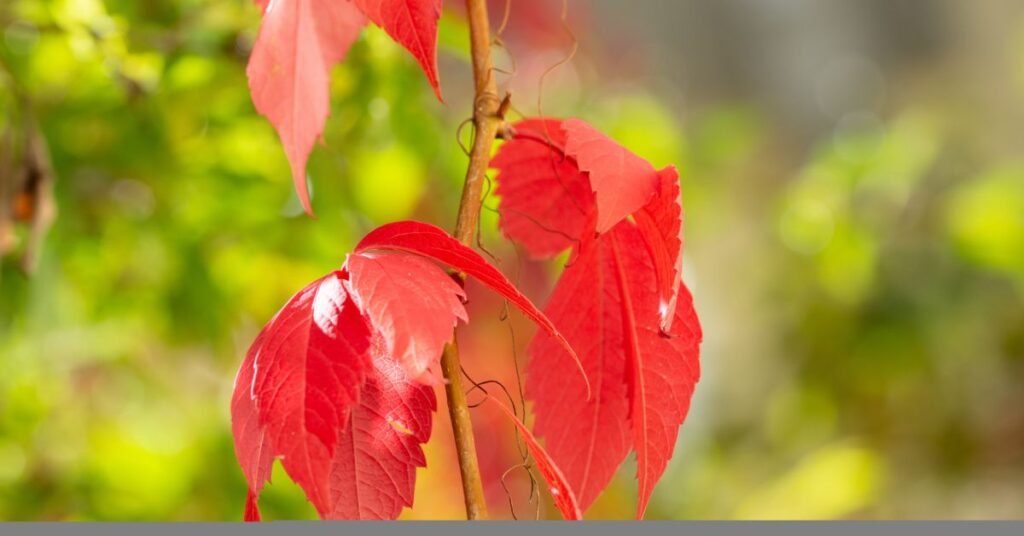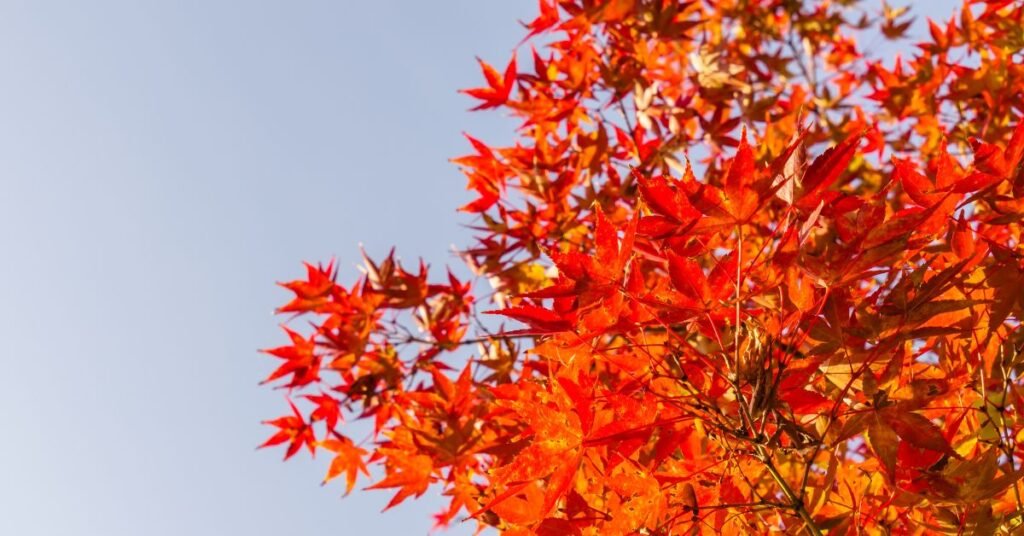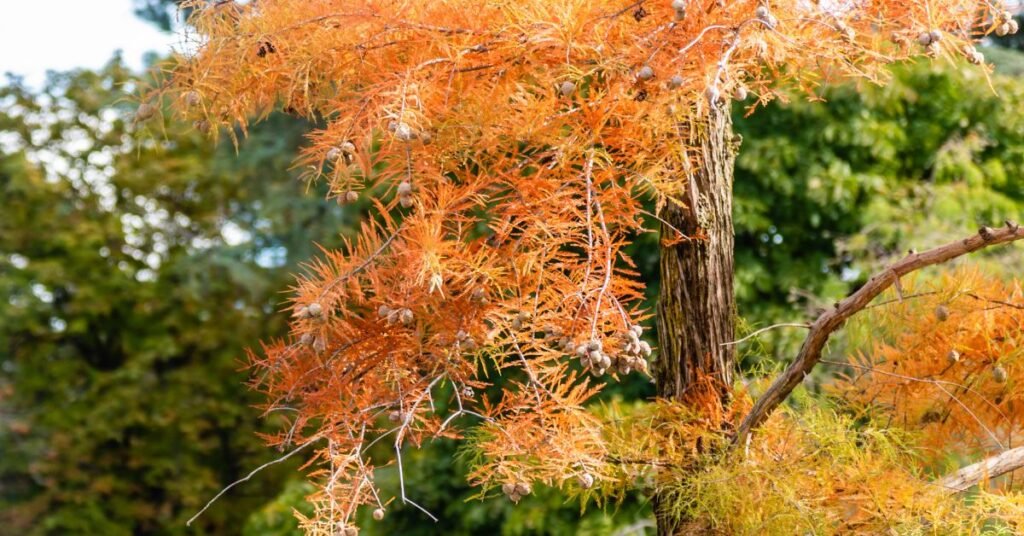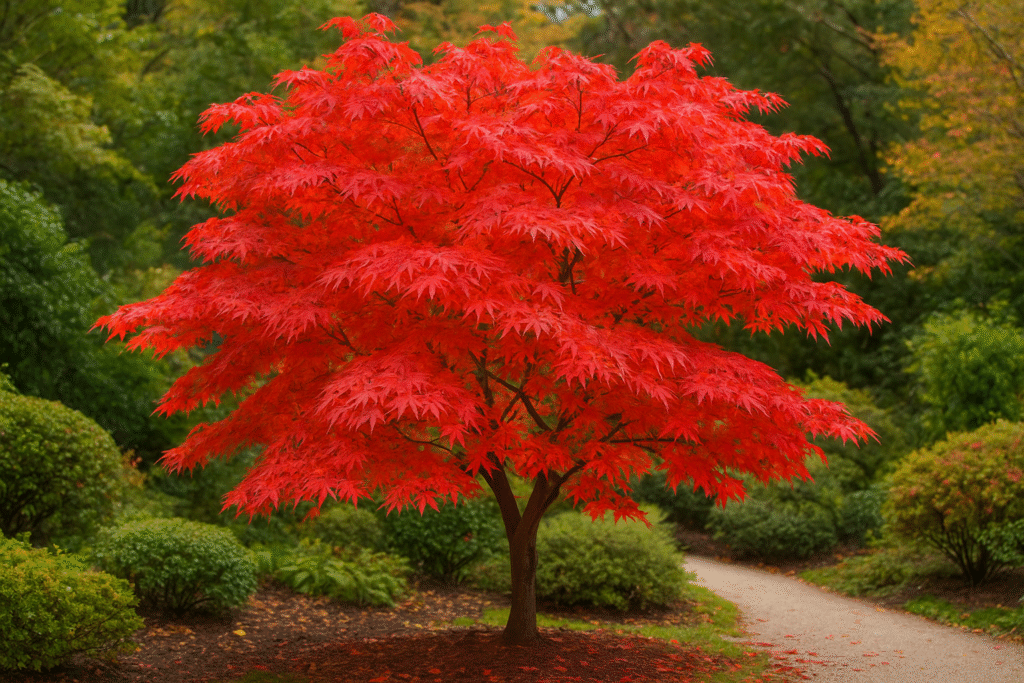Introduction
Few plants can match the beauty and grace of the Japanese Acer, scientifically known as Acer palmatum. This elegant ornamental tree has earned global admiration for its sculptural form and stunning leaf colors that change throughout the year.
Originally from Japan, Korea, and China, the Japanese Acer has become a symbol of peace, patience, and natural beauty. Whether standing alone in a garden, growing beside a pond, or cultivated as a bonsai, this plant brings a touch of calm and artistic charm to any outdoor space.

The Origin and History of the Japanese Acer
The story of the Japanese Acer dates back hundreds of years. In Japan, this tree has long been celebrated in traditional gardens, poetry, and artwork. During the Edo period, Japanese gardeners began cultivating varieties with unique colors and leaf shapes, creating the diverse range we see today.
The maple’s ability to reflect the changing seasons became a core symbol in Japanese culture, representing the impermanence and beauty of life — a concept known as wabi-sabi. Artists and poets often depicted these trees as reminders to appreciate every fleeting moment.
By the 1800s, Western botanists introduced the Japanese Acer to Europe and America, where it quickly gained fame among gardeners for its exceptional elegance and versatility.
Popular Varieties of Japanese Acer
Over time, plant breeders have developed hundreds of cultivars, each with its own distinct charm. Here are some of the most admired types:
1. Acer palmatum ‘Bloodgood’
Renowned for its deep burgundy-red leaves, this variety holds its color well throughout summer and turns a brilliant scarlet in fall.
2. Acer palmatum ‘Dissectum’
Known as the laceleaf or cutleaf maple, it features finely divided leaves and a graceful, weeping form — perfect for pondside planting.
3. Acer palmatum ‘Sango-kaku’ (Coral Bark Maple)
This variety stands out even in winter due to its striking coral-red bark. Its fresh green leaves turn golden in autumn, creating year-round interest.
4. Acer palmatum ‘Katsura’
A spring favorite, its new leaves emerge orange and then shift to bright green, finally turning golden-yellow as the season ends.
5. Acer palmatum ‘Osakazuki’
Famous for one of the most intense red autumn displays, it’s a top choice for dramatic seasonal color.
Ideal Growing Conditions
The Japanese Acer thrives when its environment mimics its natural woodland habitat — cool, moist, and sheltered from extremes.

Light Requirements
These plants prefer dappled sunlight or partial shade. Direct afternoon sun, especially in hot climates, can cause leaf scorch. However, too much shade can reduce their vibrant color.
Soil Preference
Well-draining, slightly acidic soil is key. A rich loamy mix with organic matter like compost helps retain moisture while allowing proper drainage. Heavy clay soils should be improved with sand and peat.
Watering Routine
Japanese Acers need consistent moisture, especially during dry spells. Water deeply once or twice a week, allowing the soil to stay moist but never soggy. Avoid overhead watering to prevent fungal issues.
Temperature and Climate
They prefer cool, temperate regions. While hardy, young plants benefit from protection against frost and harsh winds. Hot, dry air can damage delicate leaves, so provide shade and humidity when needed.
Fertilization
A balanced, slow-release fertilizer in early spring encourages healthy growth. Avoid nitrogen-heavy fertilizers, which can lead to weak, rapid growth at the expense of color intensity.
Planting and Propagation
Planting Steps
- Select a sheltered spot with morning sunlight and afternoon shade.
- Dig a hole twice as wide as the root ball but no deeper.
- Mix in compost for added nutrients.
- Place the plant at the same soil level as in its pot.
- Fill in and gently firm the soil.
- Water thoroughly and apply mulch around the base.
Propagation Methods
- From Seeds: Collected in fall, the seeds need cold stratification before sowing.
- From Cuttings: Semi-hardwood cuttings taken in summer can root in moist compost.
- Grafting: Commonly used by nurseries to reproduce rare and stable cultivars.
Pruning and Maintenance
Japanese Acers have naturally balanced shapes and rarely need heavy pruning. However, light trimming can help maintain their structure and health.
When to Prune
The best time is in late winter or early spring before sap flow begins. Avoid major pruning in summer as it can stress the plant.
How to Prune
- Remove dead, diseased, or crossing branches.
- Thin crowded areas to improve airflow.
- Shape gently to preserve the tree’s natural grace.
- Always use sterilized pruning tools.
General Maintenance
- Renew mulch yearly to retain moisture.
- Watch for pests like aphids or scale insects.
- Re-pot potted Acers every few years to refresh soil.
- Protect young plants from strong winds and frost.
Common Pests and Diseases
Although generally resilient, the Japanese Acer can face certain issues if not properly cared for.
Pests
- Aphids: Small green or black insects that suck sap from new shoots. Treat with neem oil or insecticidal soap.
- Scale Insects: Brown bumps on stems that can weaken growth; remove manually or treat with horticultural oil.
- Vine Weevils: Larvae feed on roots. Use biological control like nematodes.
Diseases
- Verticillium Wilt: A soil fungus that causes wilting and branch dieback. Avoid planting in infected soil.
- Powdery Mildew: Appears as white coating on leaves. Improve air circulation and use fungicides if needed.
- Leaf Scorch: Caused by sun or wind exposure; protect with partial shade and regular watering.
Japanese Acer in Garden Design
This plant’s elegance and versatility make it suitable for a wide range of landscape styles.
Japanese-Style Gardens
A core element in Zen gardens, Japanese Acers are often paired with stones, moss, and water features to evoke calm and reflection.
Container Gardens
Compact varieties do well in pots and can be moved around to suit changing light or seasonal display needs.
Focal Points
Their vibrant foliage and graceful form make them perfect as centerpieces in lawns, courtyards, or beside patios.
Near Water Features
When planted near ponds or fountains, the reflections of their colorful leaves create a stunning, meditative scene.
Seasonal Care Guide
Spring
- Apply fertilizer for new growth.
- Water regularly as temperatures rise.
- Inspect for pests on young shoots.
Summer
- Provide afternoon shade.
- Maintain soil moisture and mulch.
- Watch for leaf scorch or wilting.
Autumn
- Enjoy brilliant color transformation.
- Gradually reduce watering.
- Collect fallen leaves for compost.
Winter
- Protect roots with mulch or fleece in frost-prone areas.
- Lightly prune if needed.
- Avoid overwatering during dormancy.

Benefits of Growing a Japanese Acer
- Year-round visual appeal through changing leaf colors.
- Adds tranquility and artistic flair to any space.
- Ideal for bonsai enthusiasts and small gardens.
- Encourages mindfulness and appreciation of nature’s rhythm.
- Requires minimal maintenance once established.
For many gardeners, the Japanese Acer is more than just a plant — it’s a living piece of art. Its seasonal transformations remind us of life’s beauty, impermanence, and balance.
Frequently Asked Questions
How tall does it grow?
Depending on the variety, most reach between 2 to 6 meters tall, with dwarf forms staying much smaller.
Can it grow indoors?
It’s best suited for outdoor growth, though dwarf bonsai types can be temporarily kept indoors with sufficient light.
Why are my leaves turning brown?
Likely due to leaf scorch from excessive sun or wind. Provide shade and consistent watering.
Do I need to prune every year?
No. Prune only to remove dead branches or shape lightly every few years.
Can it survive frost?
Yes, mature trees tolerate light frost, but young plants need protection from severe cold.
Conclusion
The Japanese Acer is one of the most enchanting plants a gardener can grow. Its delicate leaves, graceful silhouette, and ever-changing colors transform any space into a peaceful retreat.
By understanding its growing needs — partial shade, moist but well-draining soil, and light pruning — you’ll ensure a long-lived, vibrant tree that continues to captivate through every season.
Caring for a Japanese Acer isn’t just gardening; it’s a celebration of patience, balance, and the timeless beauty of nature itself.

